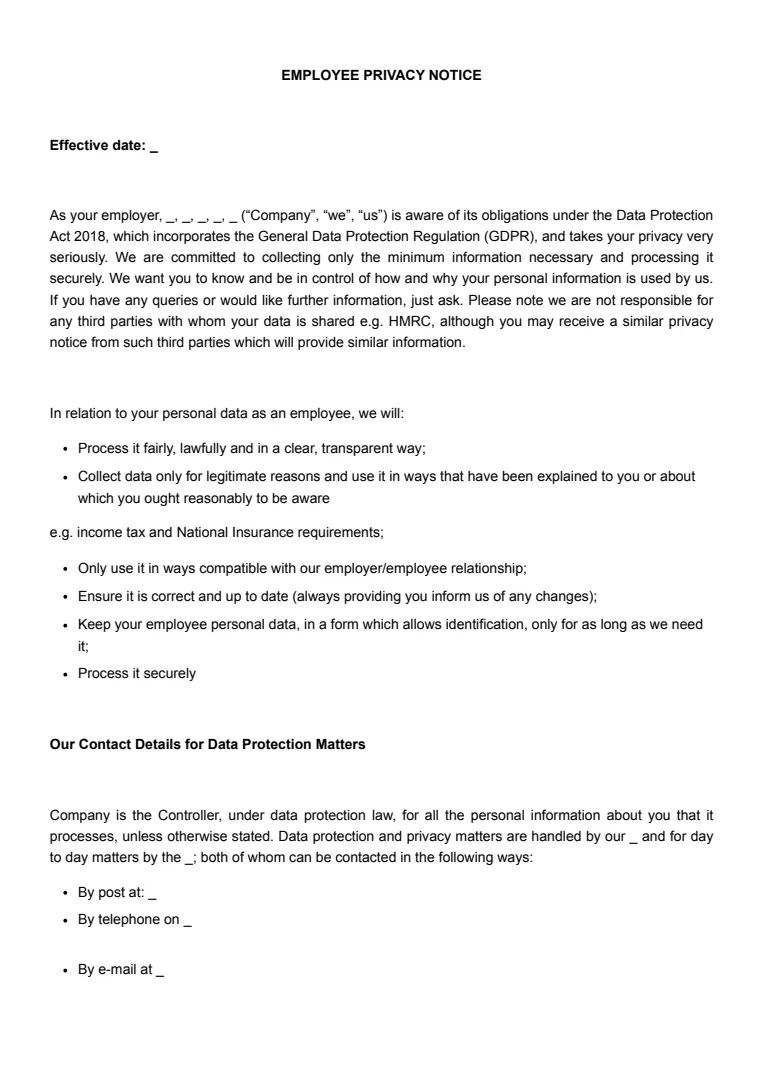What Is an Information Security Policy?
You're probably wondering what an information security policy is. It’s essentially a formal document that provides rules and guidelines for managing and protecting your organisation's information assets.
Think of it like a rulebook that helps maintain the confidentiality, integrity, and availability of your data.
Every organisation has its own unique policy tailored to its specific needs. Your policy might look different based on your industry, size, and regulatory requirements.
Here's what an information security policy usually includes:
- Objectives: Clearly state what your policy aims to achieve.
- Scope: Defines what data and systems the policy covers.
- Roles and Responsibilities: Outlines who’s responsible for what within your organisation.
- Security Measures: Details the procedures and technologies you'll use to protect your data.
Having a robust ISP is crucial in reducing risks like data breaches or unauthorised access.
It sets a common standard for all employees, making sure everyone knows what’s expected when it comes to handling data securely.
Regular updates ensure it stays relevant to evolving threats and tech advancements.
This policy isn’t just about ticking boxes for compliance; it’s about creating a secure environment where your organisation's information can thrive and stay protected.
When Is an Information Security Policy Needed?
An information security policy becomes vital when your organisation handles sensitive data like personal information, financial records, or intellectual property.
If any of this data is compromised, it could lead to reputational damage or legal consequences. You can think of it as a safety net for safeguarding valuable information.
If your organisation has employees accessing company data from remote locations or personal devices, an information security policy is essential. It ensures everyone knows the guidelines for accessing and managing sensitive information securely.
Organisations subject to industry regulations must implement an information security policy. For instance, companies in healthcare or finance often need robust data protection measures in place. They're required to comply with legal standards, making such a policy indispensable.
When your organisation is growing or undergoing digital transformation, the landscape of risks also changes. Adopting an information security policy helps you adapt to new challenges, allowing you to keep up with emerging security threats and technologies.
Consider an information security policy if your business collaborates with third-party vendors or partners. These policies provide a framework ensuring that all parties maintain the same level of data protection, reducing the risk of data breaches through external sources.
How to Write an Information Security Policy
Creating an information security policy involves several crucial steps.
Step 1: Establish the Purpose
It all begins with establishing the purpose. You need to clearly define why this policy is necessary.
Typically, this is to safeguard data and meet regulatory requirements, ensuring that the objectives align with business goals.
Step 2: Determine the Scope
Next, determine the scope. This should encompass every stakeholder who accesses secure data, including employees and third-party vendors.
By doing this, you ensure a comprehensive policy that leaves no gaps in protection or responsibility.
Your scope should be as inclusive as necessary to cover all bases.
Step 3: Identify Principles and Objectives
Consider the principles and objectives your policy must adhere to. List foundational ideas like maintaining data confidentiality, integrity, and availability.
Each principle should align with your broader security strategy, forming a cohesive framework that guides your policy development.
Step 4: Get Management Approval
To make your policy effective, you'll need management approval. Without senior management backing, implementing and enforcing your policy may face roadblocks.
You should aim to engage with leadership to secure the necessary support for your initiatives.
Step 5: Risk Management Strategy
Include a segment on risk management strategies. Address potential threats by identifying risks and outlining procedures to mitigate them.
Risk management should remain a core part of your policy to adapt to emerging threats and changes in the business environment.
Step 6: Implement and Communicate
To give the policy life, focus on implementing and communicating it effectively. This involves ensuring that everyone understands their roles and responsibilities.
Conduct regular training sessions to enhance security awareness and make sure everyone knows how to follow procedures.
You can also use information security policy templates for the UK to help guide you.
















